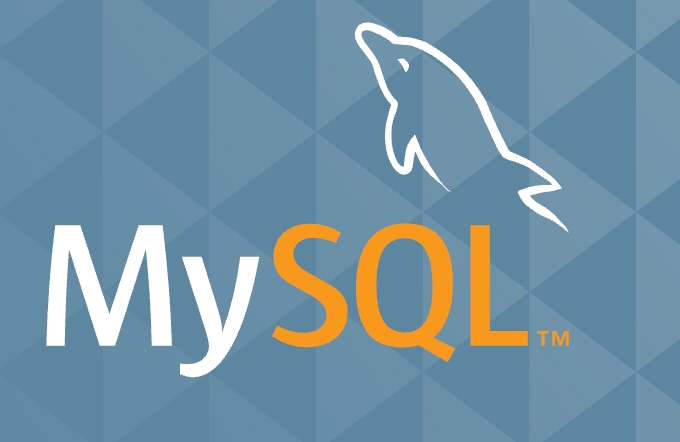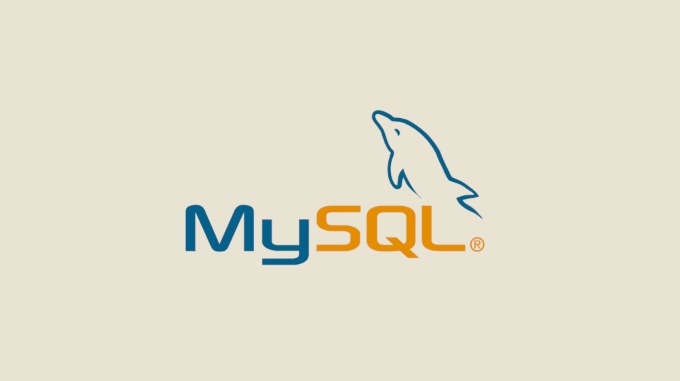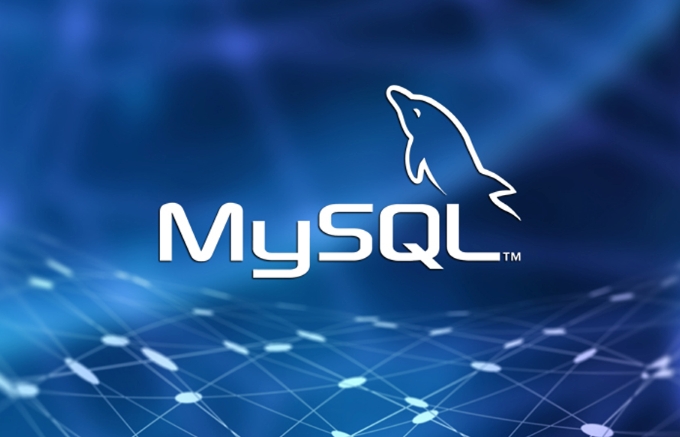The MySQL permission system recognizes identity through the user host and supports four-level permission controls for global, database, table and columns. 1. User permissions are bound to the host, and the same user can log in from different hosts different permissions; 2. Permissions are divided into global (all databases), database level (all tables in a library), table level (a certain table), and column level (specific fields); 3. After authorization, FLUSH PRIVILEGES or a new connection must be executed before it can take effect; 4. Version 8.0 introduces role functions, which can be managed in batches through roles and requires manual activation of role permissions.

MySQL's permission system is designed very carefully, and this "granularity" allows administrators to accurately control database access and operations. If you need to manage multiple users, applications or services to connect to the database, it is particularly important to understand how this permission system works.

User-to-permission binding
Permissions in MySQL are not simply bound to the user name, but are combined with the user host to identify the identity. That is to say, the same username logged in from different hosts may have different permissions.

For example:
-
user1@localhostanduser1@192.168.1.100are considered two completely different accounts.
This is common in actual use, for example, you want a user to only access the database from local, while another user with the same name can access it from remote, and the permissions are more restricted.

It is recommended that you specify the host source when creating a user to avoid unexpected permission conflicts.
Permission scope: global, database, table, column level
MySQL supports multi-level permission settings, from thick to thin:
- Global Permissions ( . ): Applicable to all databases and all tables, such as
RELOAD,PROCESS, etc. - Database-level permissions (db_name.*): For all tables under a database.
- Table-level permissions (db_name.table_name): only act on a certain table.
- Column-level permissions : It can even restrict operations on specific fields, such as allowing only SELECT to a few columns.
For example, if you only want the user to read the data in a certain database but cannot modify it, you can authorize it like this:
GRANT SELECT ON mydb.* TO 'myuser'@'%';
This approach is flexible and safe, suitable for a multi-role collaboration environment.
Refresh permissions and effective timing
When you execute GRANT or REVOKE command, permissions will not take effect on all connections immediately. MySQL has a permission cache mechanism that does not refresh automatically unless one of the following conditions is met:
- The latest permissions will be loaded when a new connection is created;
- Manually execute the
FLUSH PRIVILEGEScommand; - Restart MySQL service.
So, if you just changed the permissions but found that they did not take effect, don't rush to suspect that the command was written incorrectly, try FLUSH PRIVILEGES first.
In addition, existing connections still use old permissions before they are disconnected, which should be paid special attention to this, especially when debugging problems in production environments.
Inheritance of permissions and default roles (8.0)
MySQL 8.0 introduces the concept of "role", allowing a set of permissions to be packaged to a role and then assign roles to users. Although this function is not as powerful as some databases, it can simplify the permission management process.
You can do this:
- Create a role:
CREATE ROLE readonly_user; - Empowering roles:
GRANT SELECT ON app.* TO readonly_user; - Assign roles to users:
GRANT readonly_user TO alice@'%';
After enabling the role, the user can activate the corresponding permissions through SET ROLE when logging in.
However, be aware that the role will not be automatically activated by default, you need to explicitly set the default role or activate it when connecting.
Basically that's it. Although the permission system of MySQL seems a bit complicated, as long as you understand its hierarchical structure and matching rules, you can achieve precise control, which not only ensures security but does not affect development efficiency.
The above is the detailed content of The Granular Nature of MySQL Privileges System. For more information, please follow other related articles on the PHP Chinese website!

Hot AI Tools

Undress AI Tool
Undress images for free

Undresser.AI Undress
AI-powered app for creating realistic nude photos

AI Clothes Remover
Online AI tool for removing clothes from photos.

Clothoff.io
AI clothes remover

Video Face Swap
Swap faces in any video effortlessly with our completely free AI face swap tool!

Hot Article

Hot Tools

Notepad++7.3.1
Easy-to-use and free code editor

SublimeText3 Chinese version
Chinese version, very easy to use

Zend Studio 13.0.1
Powerful PHP integrated development environment

Dreamweaver CS6
Visual web development tools

SublimeText3 Mac version
God-level code editing software (SublimeText3)

Hot Topics
 What is GTID (Global Transaction Identifier) and what are its advantages?
Jun 19, 2025 am 01:03 AM
What is GTID (Global Transaction Identifier) and what are its advantages?
Jun 19, 2025 am 01:03 AM
GTID (Global Transaction Identifier) ??solves the complexity of replication and failover in MySQL databases by assigning a unique identity to each transaction. 1. It simplifies replication management, automatically handles log files and locations, allowing slave servers to request transactions based on the last executed GTID. 2. Ensure consistency across servers, ensure that each transaction is applied only once on each server, and avoid data inconsistency. 3. Improve troubleshooting efficiency. GTID includes server UUID and serial number, which is convenient for tracking transaction flow and accurately locate problems. These three core advantages make MySQL replication more robust and easy to manage, significantly improving system reliability and data integrity.
 What is a typical process for MySQL master failover?
Jun 19, 2025 am 01:06 AM
What is a typical process for MySQL master failover?
Jun 19, 2025 am 01:06 AM
MySQL main library failover mainly includes four steps. 1. Fault detection: Regularly check the main library process, connection status and simple query to determine whether it is downtime, set up a retry mechanism to avoid misjudgment, and can use tools such as MHA, Orchestrator or Keepalived to assist in detection; 2. Select the new main library: select the most suitable slave library to replace it according to the data synchronization progress (Seconds_Behind_Master), binlog data integrity, network delay and load conditions, and perform data compensation or manual intervention if necessary; 3. Switch topology: Point other slave libraries to the new master library, execute RESETMASTER or enable GTID, update the VIP, DNS or proxy configuration to
 How to connect to a MySQL database using the command line?
Jun 19, 2025 am 01:05 AM
How to connect to a MySQL database using the command line?
Jun 19, 2025 am 01:05 AM
The steps to connect to the MySQL database are as follows: 1. Use the basic command format mysql-u username-p-h host address to connect, enter the username and password to log in; 2. If you need to directly enter the specified database, you can add the database name after the command, such as mysql-uroot-pmyproject; 3. If the port is not the default 3306, you need to add the -P parameter to specify the port number, such as mysql-uroot-p-h192.168.1.100-P3307; In addition, if you encounter a password error, you can re-enter it. If the connection fails, check the network, firewall or permission settings. If the client is missing, you can install mysql-client on Linux through the package manager. Master these commands
 Why do indexes improve MySQL query speed?
Jun 19, 2025 am 01:05 AM
Why do indexes improve MySQL query speed?
Jun 19, 2025 am 01:05 AM
IndexesinMySQLimprovequeryspeedbyenablingfasterdataretrieval.1.Theyreducedatascanned,allowingMySQLtoquicklylocaterelevantrowsinWHEREorORDERBYclauses,especiallyimportantforlargeorfrequentlyqueriedtables.2.Theyspeedupjoinsandsorting,makingJOINoperation
 Why is InnoDB the recommended storage engine now?
Jun 17, 2025 am 09:18 AM
Why is InnoDB the recommended storage engine now?
Jun 17, 2025 am 09:18 AM
InnoDB is MySQL's default storage engine because it outperforms other engines such as MyISAM in terms of reliability, concurrency performance and crash recovery. 1. It supports transaction processing, follows ACID principles, ensures data integrity, and is suitable for key data scenarios such as financial records or user accounts; 2. It adopts row-level locks instead of table-level locks to improve performance and throughput in high concurrent write environments; 3. It has a crash recovery mechanism and automatic repair function, and supports foreign key constraints to ensure data consistency and reference integrity, and prevent isolated records and data inconsistencies.
 What are the transaction isolation levels in MySQL, and which is the default?
Jun 23, 2025 pm 03:05 PM
What are the transaction isolation levels in MySQL, and which is the default?
Jun 23, 2025 pm 03:05 PM
MySQL's default transaction isolation level is RepeatableRead, which prevents dirty reads and non-repeatable reads through MVCC and gap locks, and avoids phantom reading in most cases; other major levels include read uncommitted (ReadUncommitted), allowing dirty reads but the fastest performance, 1. Read Committed (ReadCommitted) ensures that the submitted data is read but may encounter non-repeatable reads and phantom readings, 2. RepeatableRead default level ensures that multiple reads within the transaction are consistent, 3. Serialization (Serializable) the highest level, prevents other transactions from modifying data through locks, ensuring data integrity but sacrificing performance;
 What are the ACID properties of a MySQL transaction?
Jun 20, 2025 am 01:06 AM
What are the ACID properties of a MySQL transaction?
Jun 20, 2025 am 01:06 AM
MySQL transactions follow ACID characteristics to ensure the reliability and consistency of database transactions. First, atomicity ensures that transactions are executed as an indivisible whole, either all succeed or all fail to roll back. For example, withdrawals and deposits must be completed or not occur at the same time in the transfer operation; second, consistency ensures that transactions transition the database from one valid state to another, and maintains the correct data logic through mechanisms such as constraints and triggers; third, isolation controls the visibility of multiple transactions when concurrent execution, prevents dirty reading, non-repeatable reading and fantasy reading. MySQL supports ReadUncommitted and ReadCommi.
 How to add the MySQL bin directory to the system PATH
Jul 01, 2025 am 01:39 AM
How to add the MySQL bin directory to the system PATH
Jul 01, 2025 am 01:39 AM
To add MySQL's bin directory to the system PATH, it needs to be configured according to the different operating systems. 1. Windows system: Find the bin folder in the MySQL installation directory (the default path is usually C:\ProgramFiles\MySQL\MySQLServerX.X\bin), right-click "This Computer" → "Properties" → "Advanced System Settings" → "Environment Variables", select Path in "System Variables" and edit it, add the MySQLbin path, save it and restart the command prompt and enter mysql--version verification; 2.macOS and Linux systems: Bash users edit ~/.bashrc or ~/.bash_






